Reading Time: 6 minutesBait fishing is one of the most productive ways to catch almost any game fish species. From saltwater and open ocean fishing to farm ponds and small creeks, it’s no secret that bait is flat-out effective. And Rainbow Trout is no different.
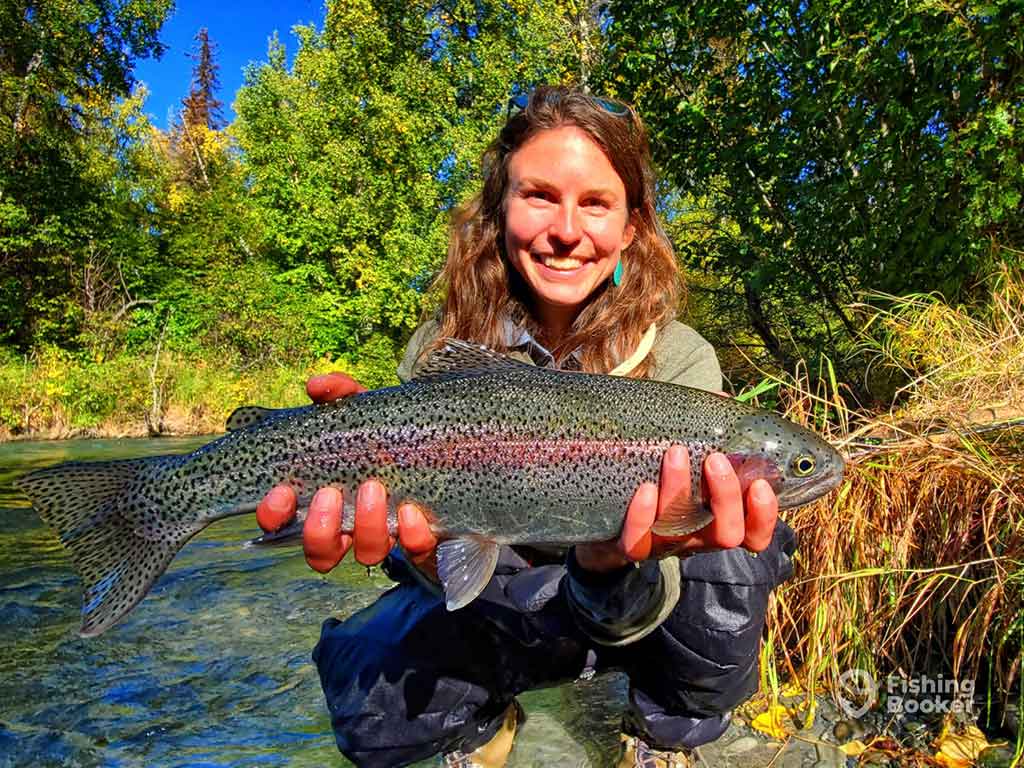
Photo courtesy of Ron Doebler Fly Fishing - Kenai RiverAnd that’s why I’m here today. I’ll introduce you to the best bait for Rainbow Trout. There are many options available off the shelf in tackle stores and plenty of others that you can purchase at bait shops or forage on your own. Finding your favorite baits will require some experimenting and testing over time. But with the following tips, you’ll get a head start.
Rainbow Trout Bait Basics
Rainbow Trout have strong olfactory senses and they’re very susceptible to live and artificial baits. Anglers have success on lures, jigs, and flies, too. In general, any bait that works on Rainbow Trout will also work on other Trout species as they share similar behavioral traits.
Before you start bait fishing for Trout, though, it’s important to research the areas where you plan on fishing. Rainbow Trout are heavily regulated in some places and bait fishing may not be legal everywhere. It’s usually prohibited in sensitive rivers with wild populations.
Understanding Rainbow Trout and the Baits They Love
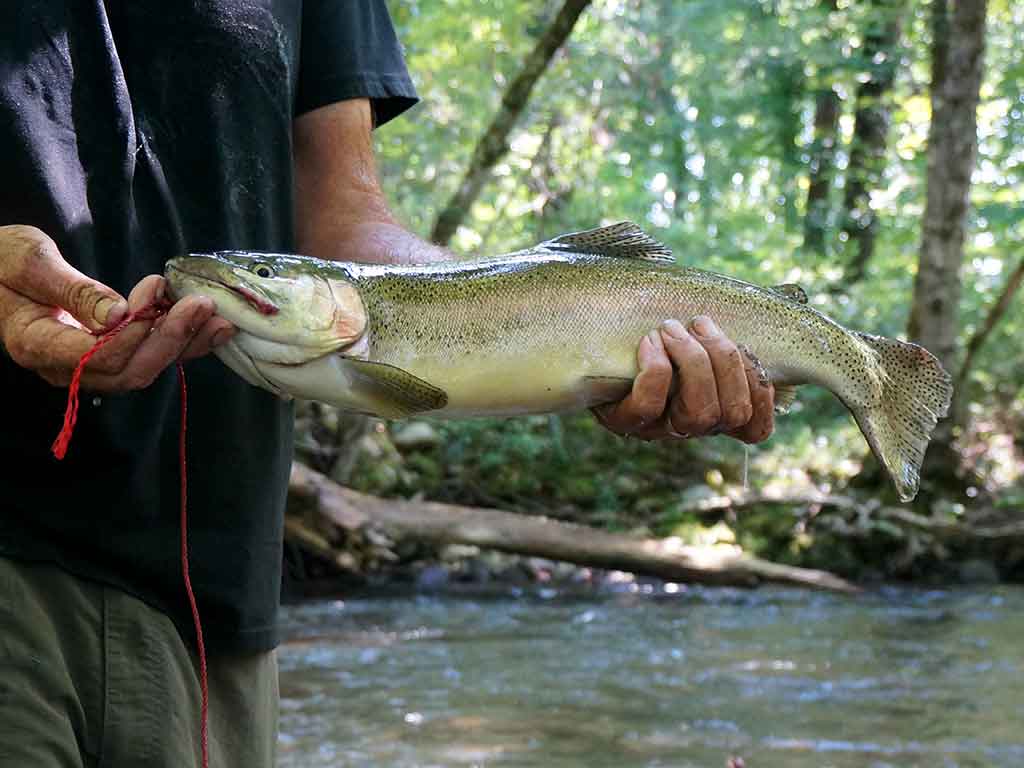
Rainbow Trout eat insects, worms, crayfish, minnows, and even other Trout. While insects offer the most calories in a typical Trout fishery, Rainbows remain opportunistic. The larger they grow, the more predatory they can become. In some places, they’ll even focus on eating mice and small birds!
Alaska is one unique example where mice are a major food source. Salmon eggs and salmon flesh are also responsible for a massive amount of consumption in the “Last Frontier.” The rivers are often fairly sterile and lacking in insects, so this shows how adaptable Rainbow Trout are when it comes to sourcing food.
Best Real Bait for Rainbow Trout
Live bait and dead (or cut) baits are great options for Rainbow Trout fishing. Trout have a great sense of smell and the natural scents from dead bait attract them. Of course, with live bait, you have added movement making this the most realistic option. Either way, you have a good chance of hooking up with real baits.
Cut Bait
Dead minnows or strips of cut flesh will catch Rainbow Trout. This approach is especially effective in reservoirs and lakes where Trout grow to larger sizes. Catching suckers and freezing them in strips until you’re ready to fish is a good approach. It’s a common method of catching Lake Trout and other species as well.
Minnows
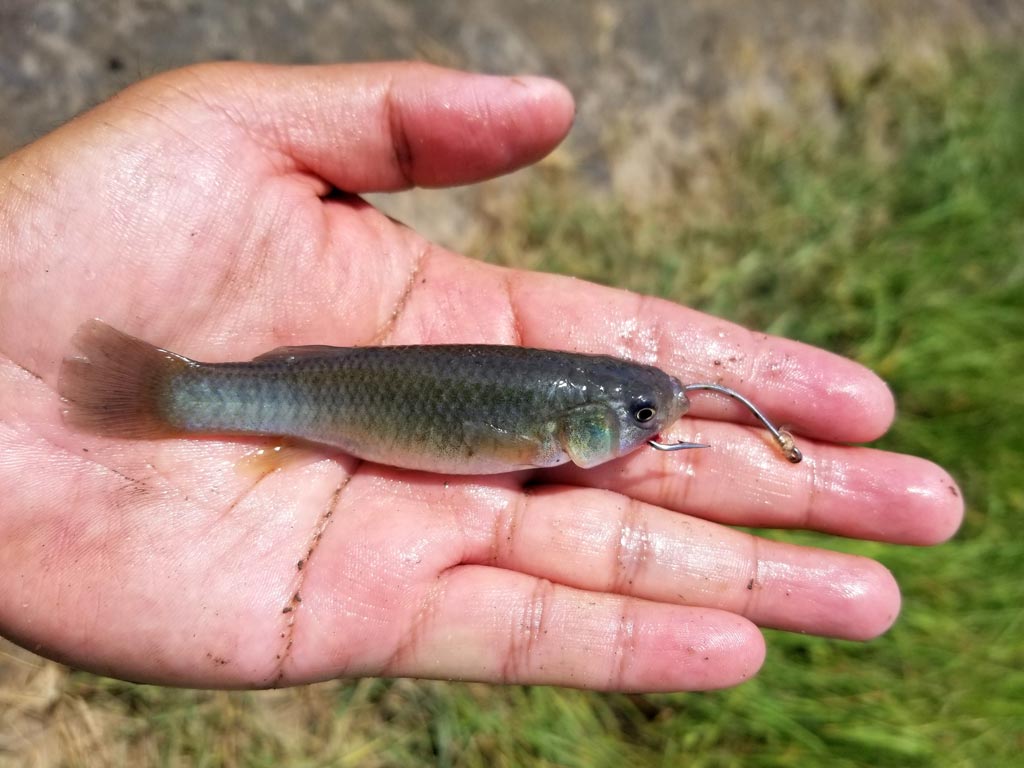
Live minnows are ideal because they move quickly and offer the “real thing.” It’s not exceptionally common to fish with live minnows for Rainbow Trout but it can work well. Catching and rigging the minnows is the biggest challenge with this bait option.
Nightcrawlers and Worms
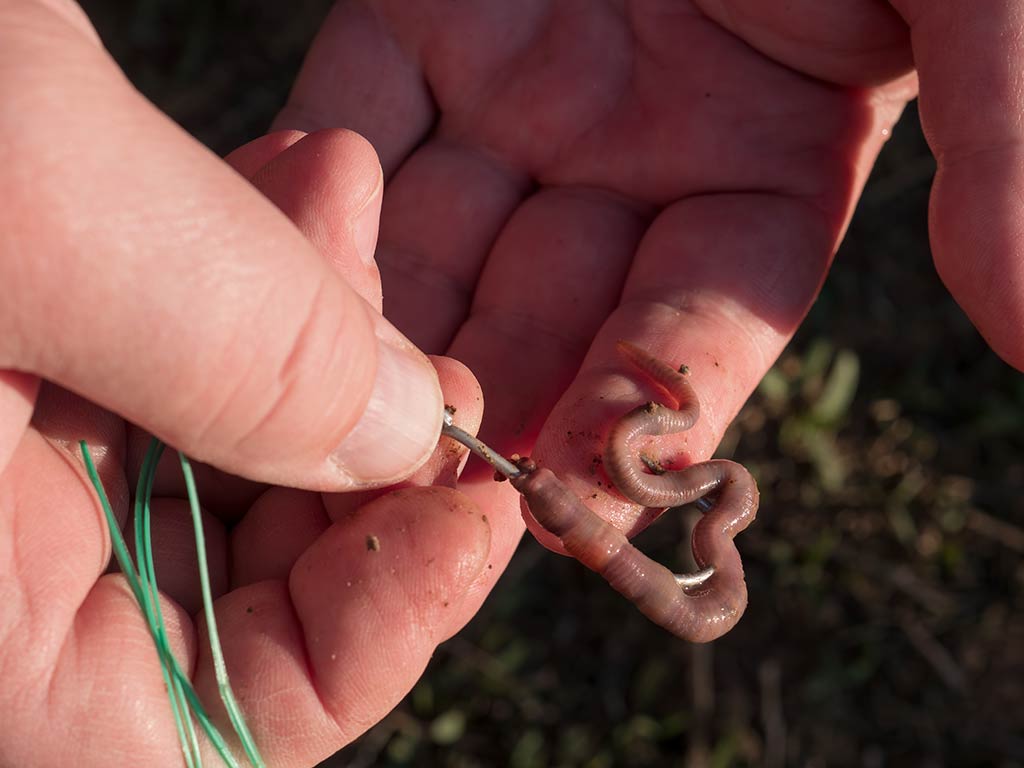
Probably the most popular bait for Rainbow Trout, nightcrawlers and worms are proven producers. They’re also easy to find, whether you go digging in the garden or hit up a tackle shop. Nightcrawlers will thread on a hook whole or you can cut them in half for a more manageable length. Smaller blood worms and mealworms also work really well.
Crickets and Grasshoppers
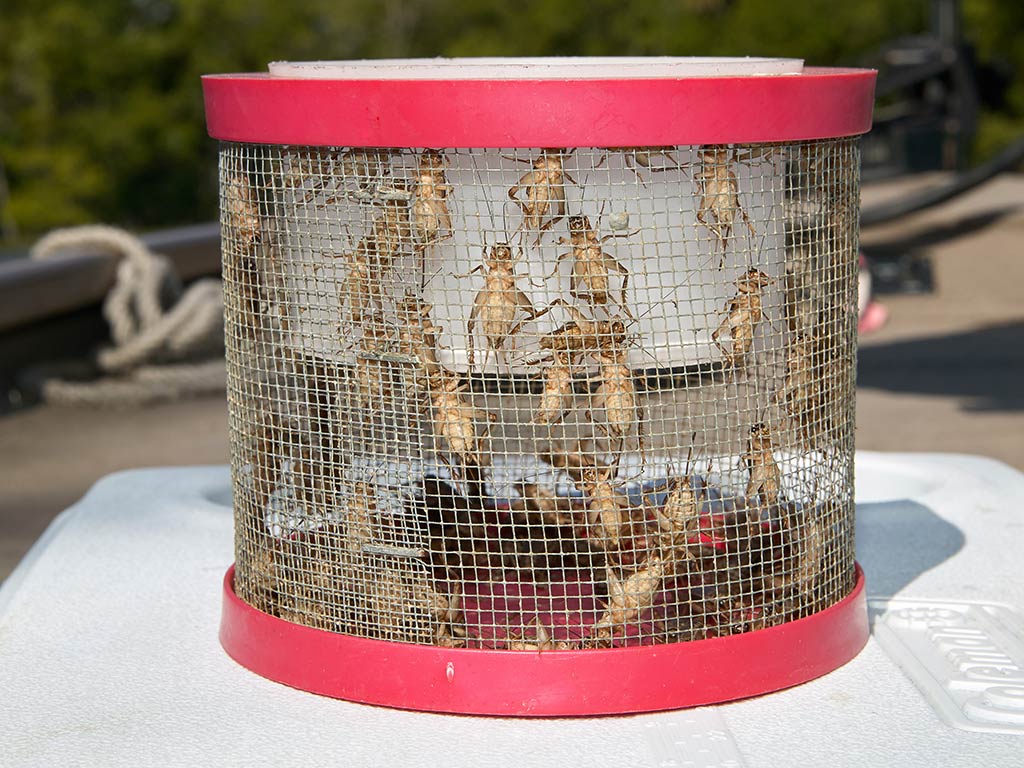
Another common and natural food source for Trout, these are both great options. While mostly seasonal - popular in summer - you can also buy live crickets at bait shops or pet stores. Catching grasshoppers and threading them on a hook is fun, too, and you’ll have a good chance of drawing a strike. They’re a little more difficult to keep on the hook than worms and other baits but they’re so abundant in summer that it’s not an issue.
Crayfish
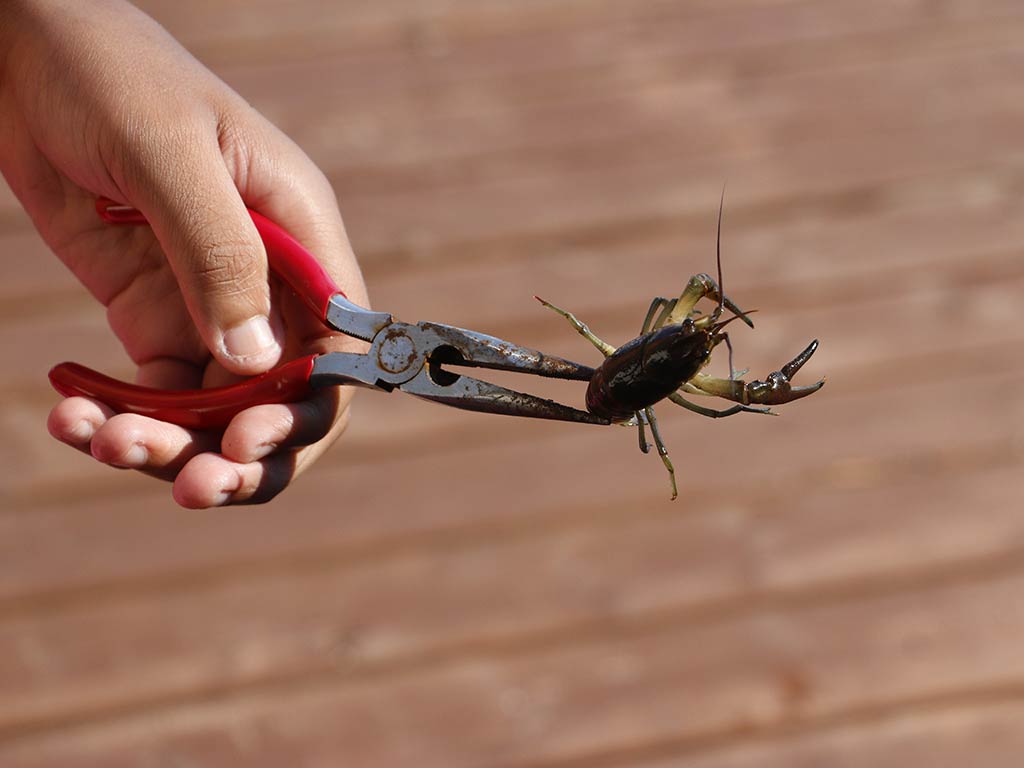
One of the more underutilized bait options is the crayfish. You can fish them whole and alive or cut the tails and thread them on a hook. Don’t underestimate the power of crayfish - they’re prolific in Trout waters, as the fish go crazy for the smell! Catching crayfish with your hands or in traps is also fairly simple, creating a great bait source to gather in the same location where you’re fishing.
Best Artificial Bait for Rainbow Trout
Live and cut bait require procurement and maintenance to keep them ready. Artificial baits are more convenient and are always at the ready. Thankfully, there are a number of options to choose from when Rainbow Trout fishing. Let’s check them out:
Soft Plastics
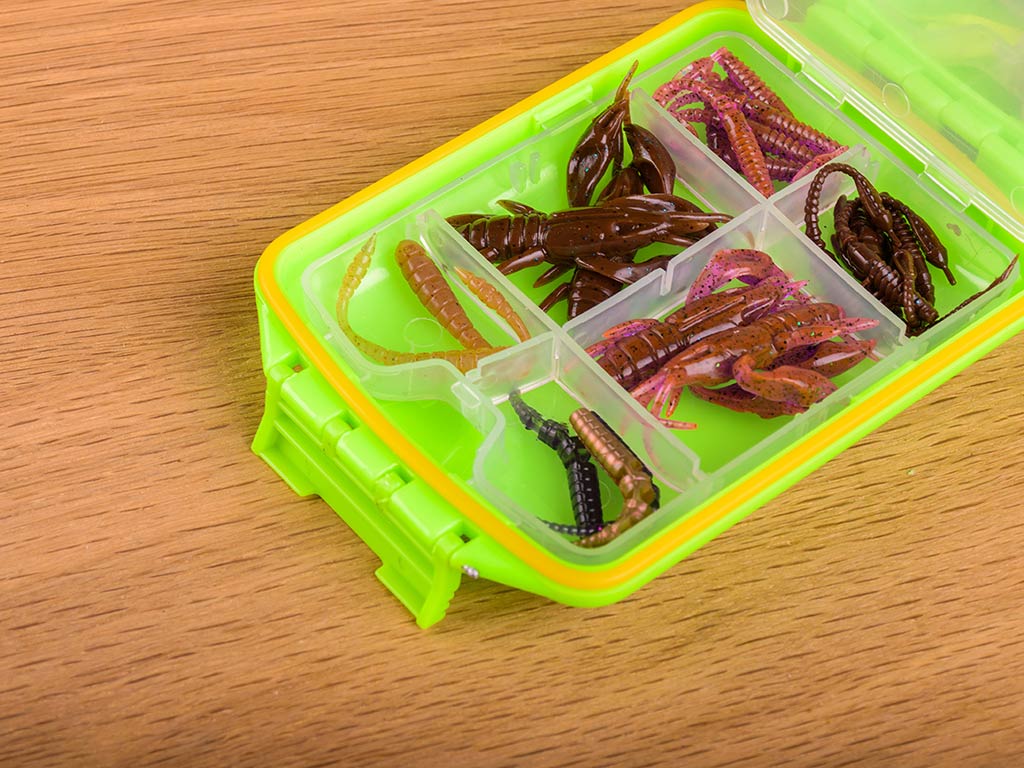
Soft plastic baits are molded to imitate real food sources. You’ll find them in the form of minnows, worms, crayfish, and more. Many are injected with scent as well. Give them a try on jigs or rig them on hooks with weights.
Salmon Eggs
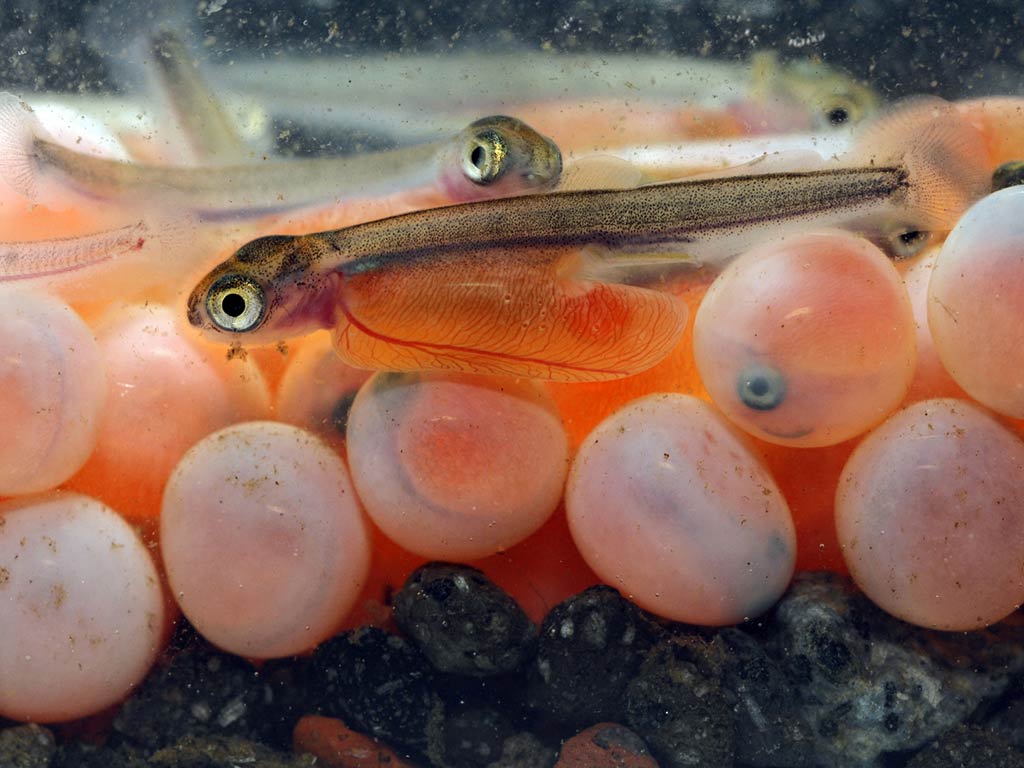
You can find real or artificial eggs, and both work well. They’re stored in jars in a brine that preserves the texture and smell. Salmon eggs are easy to thread on a hook and the hookup rates are great because the fish must eat the hook to get the bait.
PowerBaits
While it doesn’t actually imitate anything real, PowerBaits have fooled many Rainbow Trout. They come in various colors and scent options in small jars. You simply ball one up and roll it onto a hook. It’s always a good idea to keep a jar or two of PowerBaits on hand while Trout fishing.
Bait Presentation Tips & Tricks
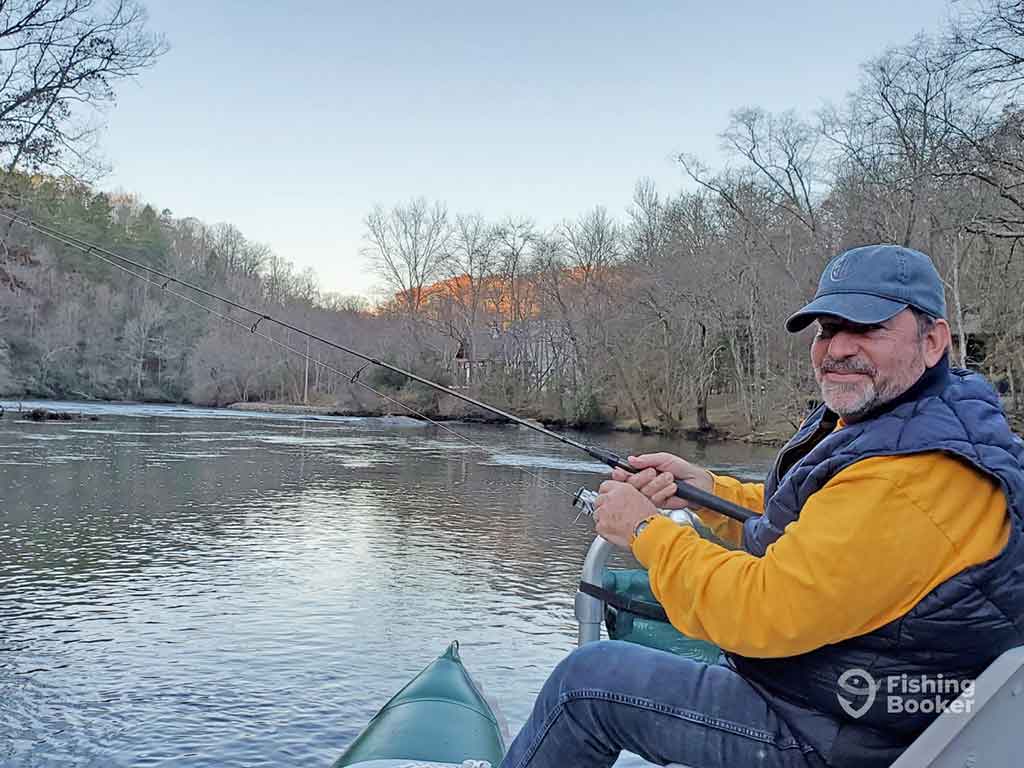
Photo courtesy of Trout Talkin’Rigging and presenting your bait for Rainbow Trout isn’t complicated. You’ll either swim or retrieve the bait, suspend it beneath a bobber, or sink the bait with weights or a jig hook. All of these techniques can work with direct connections to the line or with leaders and swivels. It really depends on personal preference.
For live baits, suspending beneath a bobber or using weight to keep the bait just off the bottom is a great technique. The live bait will move naturally without much need to retrieve or make adjustments. Cut bait is often fished in the same manner as the scent attracts fish without movement.
Soft plastics are flexible and can be fished still or with a retrieve. Using a jig head that bounces the bait in a vertical motion can produce good results. There are a number of other ways to rig, such as the Carolina or Texas rigs. A direct-to-hook connection remains effective for many baits as well.
Rainbow Trout Bait Fishing Spots
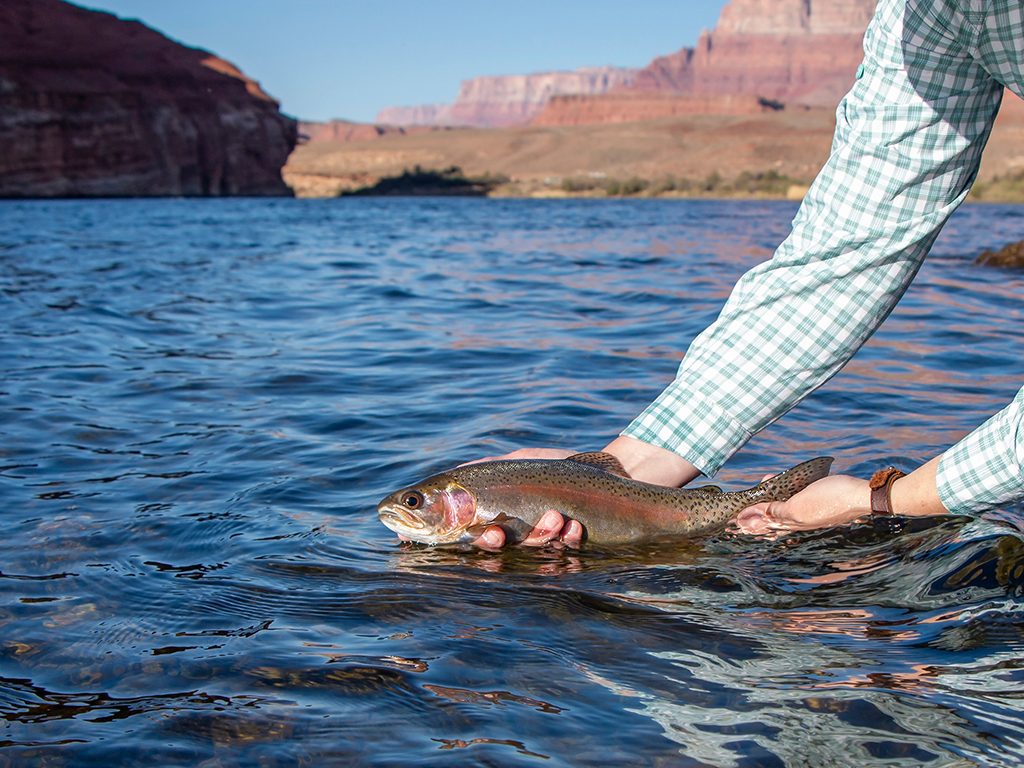
Trout occupy rivers, streams, ponds, and lakes across the US, Canada, and many destinations across the world. They require cold, oxygenated water with ample food sources to survive. In marginal areas, states will stock Rainbow Trout to bolster populations. In other places, they reproduce naturally and are completely wild.
Look to lakes and reservoirs for some of the largest Rainbow Trout out there. The bigger minnows and live bait options are especially popular in places in very deep water with big size potential. In rivers and smaller streams, sizing down baits to satisfy small- to medium-sized fish is a good idea. Look to riffles and slow pools in moving water to find feeding Rainbow Trout.
Make the Most of the Best Rainbow Trout Baits!
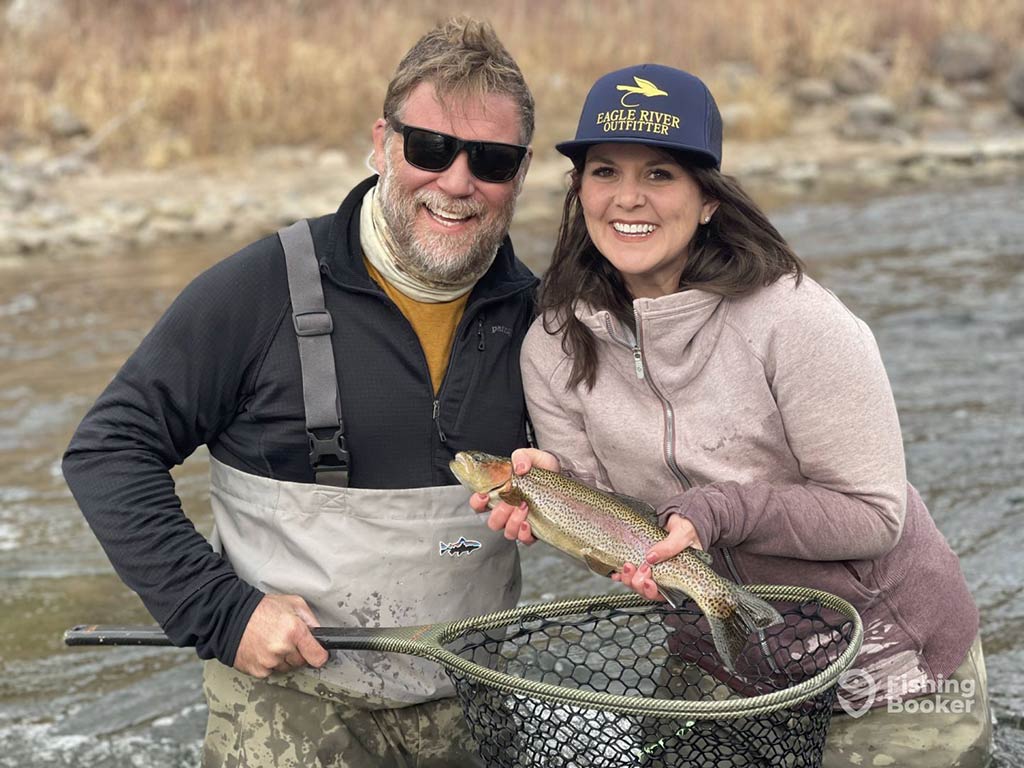
Photo courtesy of Eagle River OutfitterNow that you know which baits are best for Rainbow Trout, it’s time to go fishing! Think about which baits are most natural in the areas you’ll be fishing and do some testing to find the most productive options. You can fill your limits and catch more Trout by constantly refining and improving your bait fishing skills. Find a guide near you and get your fish on!
Are you an avid Trout angler? What’s your best Rainbow Trout bait? We’d love to hear from you in the comments below!
The post Best Rainbow Trout Bait: An Angler’s Guide appeared first on FishingBooker Blog.
https://fishingbooker.com/blog/best-rainbow-trout-bait/
 CampingSurvivalistHuntingFishingExploringHikingPrivacy PolicyTerms And Conditions
CampingSurvivalistHuntingFishingExploringHikingPrivacy PolicyTerms And Conditions
